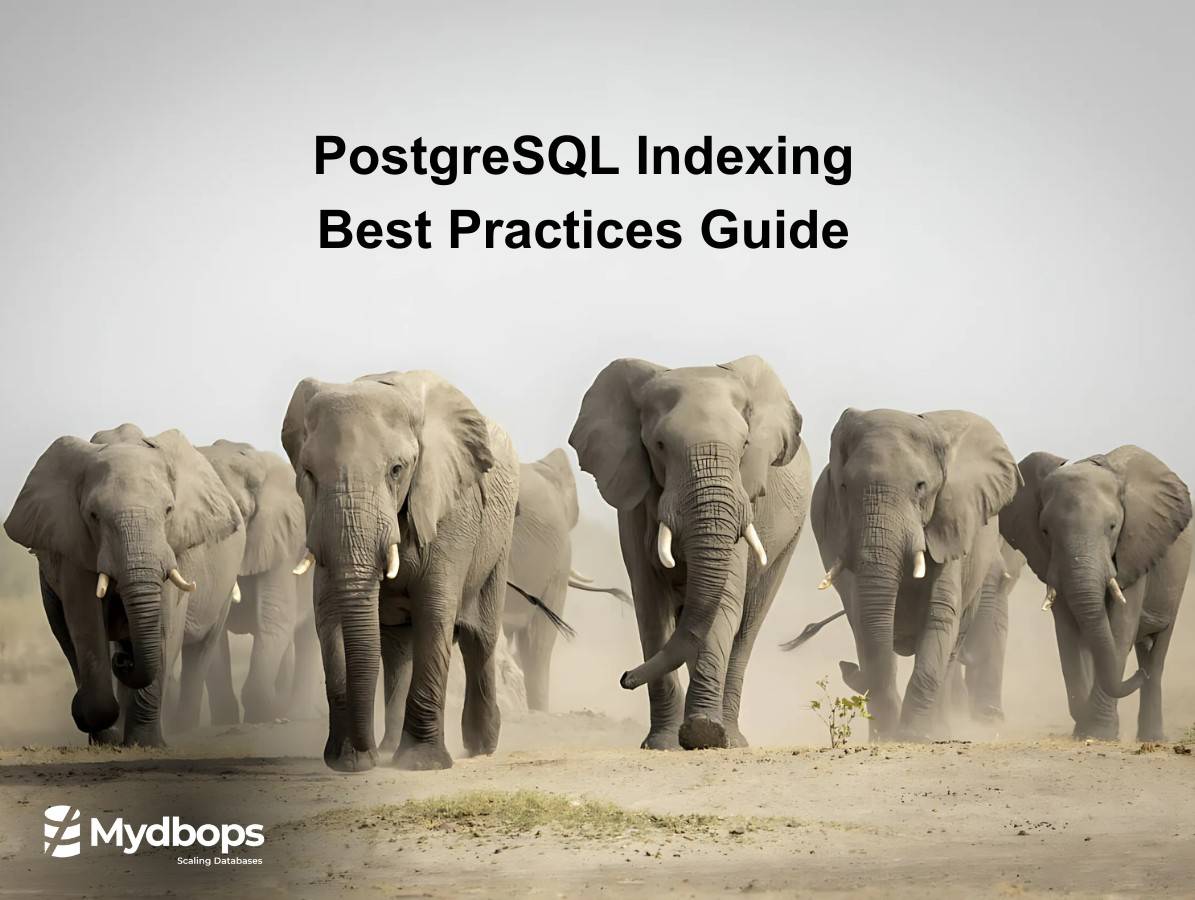Database indexing is a fundamental optimization technique that dramatically improves query performance and application responsiveness by providing fast access paths to data. For database professionals, mastering indexing strategies is crucial as they directly impact system performance, resource utilization, and overall user experience in both OLTP and OLAP environments.
Indexing creates specialized data structures that accelerate data retrieval operations by organizing table data in efficient, easily searchable formats. From basic B-tree indexes to specialized types like bitmap, partial, and covering indexes, each serves specific query patterns and workload requirements. Modern indexing strategies extend beyond traditional approaches to include advanced concepts like index-organized tables, function-based indexes, and columnar indexes, enabling DBAs to fine-tune performance for diverse application needs.
Database administrators frequently struggle with index selection and maintenance challenges, including identifying optimal index combinations, managing index fragmentation, and balancing index benefits against storage and maintenance overhead. Our blogs provide comprehensive guidance on these challenges, offering practical solutions for index design, implementation, and ongoing maintenance to achieve optimal query performance.



